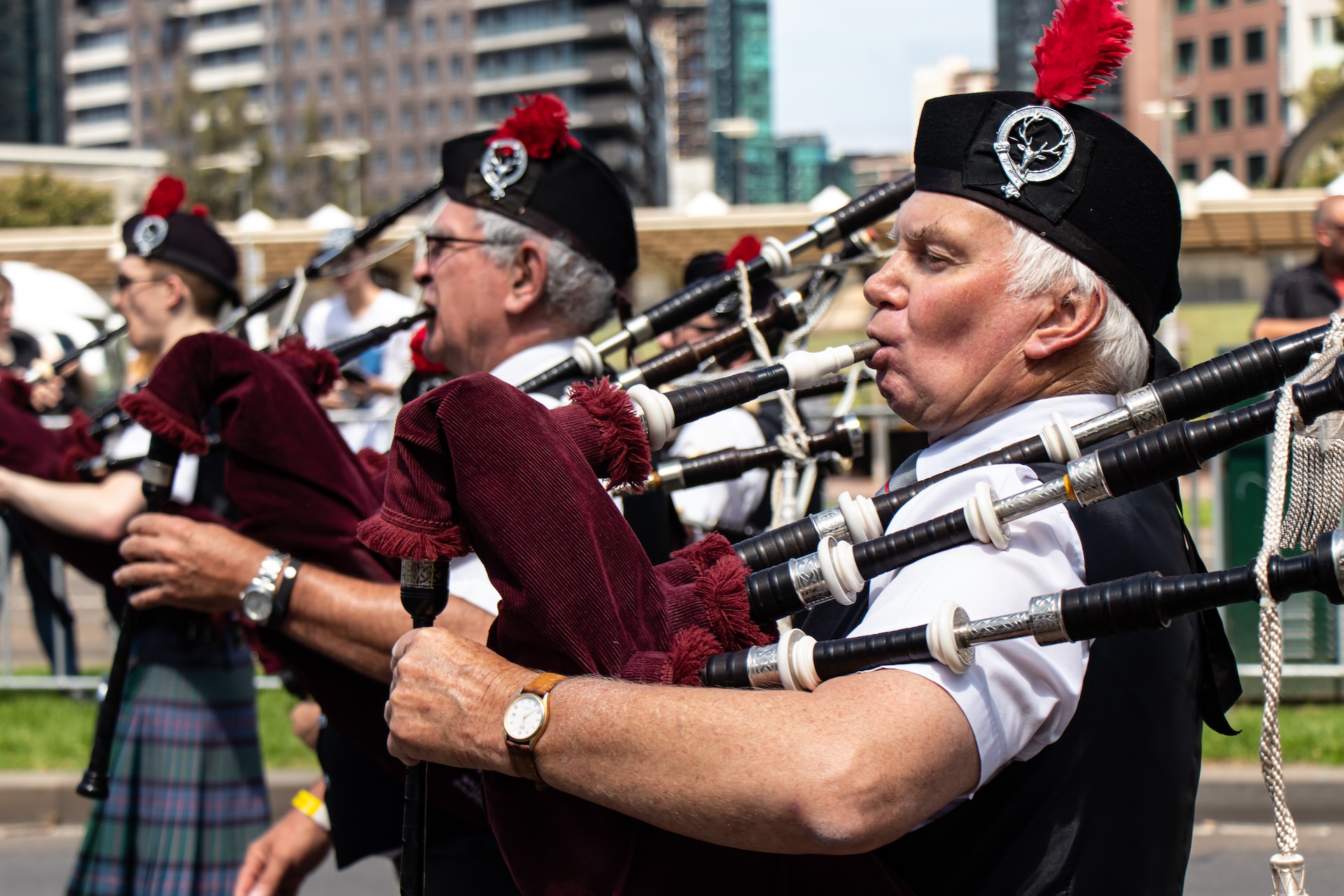Introduction
The Scottish music scene is a vibrant and diverse tapestry, reflecting the country’s rich cultural heritage and history. From traditional folk music to the modern indie and rock scenes, Scotland has always been a hotbed of musical innovation and talent. For example, Glasgow & Edinburgh are most popular for their music culture. There are plenty of Glasgow and Edinburgh music venues where you can see your favourite artist.
Historical Roots of Scottish Music
Scottish music’s history is deeply intertwined with the country’s cultural and political history. Traditional Scottish music, often characterised by the use of specific instruments like the bagpipes, fiddle, and clàrsach (Celtic harp), has its roots in Gaelic and Celtic traditions. These musical forms were not just for entertainment; they played a crucial role in preserving the history and stories of the Scottish people, often passed down orally through generations.
The Highland Clearances of the 18th and 19th centuries, a period of forced emigration and cultural upheaval, had a profound impact on Scottish music. Many traditional songs and tunes from this period reflect themes of loss, longing, and resistance. This era also saw the rise of the Scottish folk ballad, a narrative song form that often-recounted historical events, legends, and folklore.
The Folk Revival and Beyond
The mid-20th century witnessed a significant revival of interest in traditional Scottish music. This folk revival was part of a larger movement across the UK and America, where there was a renewed appreciation for acoustic and folk music. Artists like The Corries, who blended traditional Scottish tunes with contemporary themes, and Dick Gaughan, known for his politically charged songs, were instrumental in this revival.
This period also saw the emergence of Celtic rock, a genre that fused traditional Scottish music with rock and roll. Bands like Runrig and Big Country gained popularity in the 1980s, blending electric guitars with bagpipes and folk melodies, creating a sound that was distinctly Scottish yet universally appealing.
Modern Scottish Music Scene
In recent decades, the Scottish music scene has continued to evolve and diversify. Indie and alternative rock bands such as Belle and Sebastian, Mogwai, and Franz Ferdinand have gained international acclaim, known for their innovative sounds and introspective lyrics.
The electronic music scene in Scotland has also flourished, with artists like Calvin Harris and Hudson Mohawke making significant impacts globally. These artists have helped redefine electronic music, bringing in elements from various genres and creating sounds that are fresh and exciting.
Traditional Music in Contemporary Times
Despite the evolution and diversification of music in Scotland, traditional Scottish music remains vibrant and influential. Festivals like Celtic Connections in Glasgow showcase the best of traditional and contemporary Celtic music, drawing artists and audiences from around the world.
Contemporary traditional musicians like Julie Fowlis, who sings primarily in Scottish Gaelic, and bands like Skerryvore and Capercaillie, continue to keep the traditional music scene alive and thriving. Their music, while rooted in tradition, often incorporates elements from various genres, demonstrating the adaptability and enduring appeal of Scottish traditional music.
Conclusion
The Scottish music scene is a reflection of the country’s rich history and diverse cultural influences. From the haunting melodies of traditional Gaelic songs to the energetic beats of modern indie and electronic music, Scotland’s musical landscape is as varied as it is dynamic. The country’s musicians, past and present, have played a crucial role in shaping not just the national music scene but also contributing significantly to the global music tapestry. As Scotland continues to evolve, its music remains a vital and vibrant part of its cultural identity, resonating with audiences worldwide.
Top of Form
Bottom of Form

